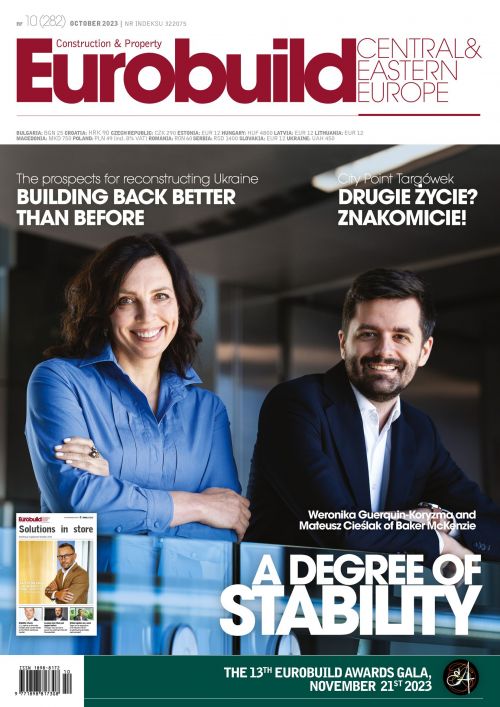As the economic outlook remains uncertain and with war still raging across our border, this year the Polish real estate investment market, which has yet to fully recover from the pandemic and adjust to the new realities it brought with it, is still very much trying to find its feet. Inflation and interest rates are still high, making financing more expensive and less available – and this has naturally been having a knock-on effect on transaction volumes. Other factors are also having an influence, such as the disparity in pricing expectations.
In the opinion of Tomasz Tondera, a partner at EY for real estate and mergers and acquisitions, “I believe the current situation on the Polish and CEE investment markets can be best described as a wait-and-see approach. What we observed in H1 2023 was a slowing down in investors’ activity and decreasing volumes. We can make a clear link between the market slowdown and the increased interest rates and uncertainty. The higher cos































































